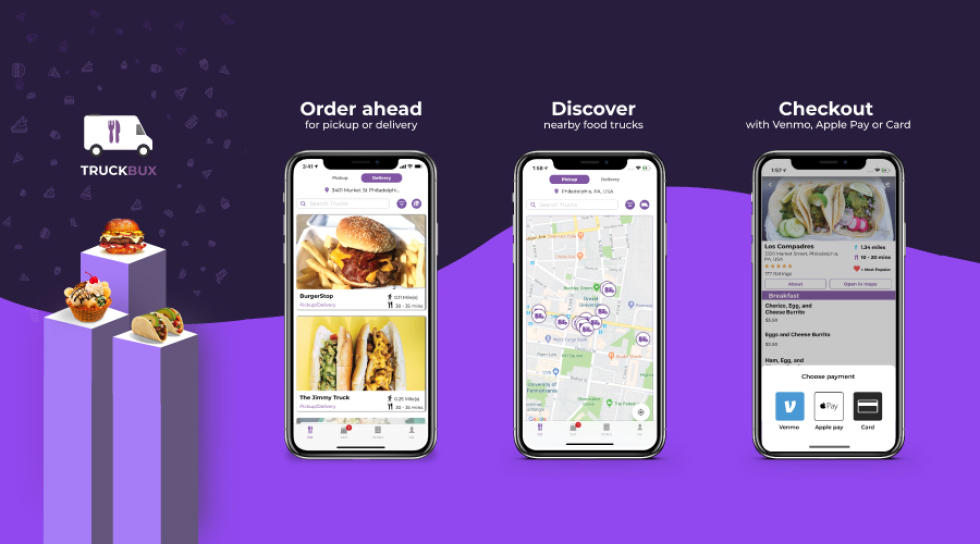
So I currently find it easier to select the (active) camera and move it using G + X/ Y/ Z or G + XX/ YY/ ZZ. I found that aligning an added camera to the view I'd created did not give me a result I expected. It's actually a really neat set of shortcuts. ctl + alt + numpad 0 Align the camera to view.ctl + Numpad 0 make selected camera active.Select camera (if not already selected).Navigate by panning/zooming/rotating your 3D view to what you want.UPDATED from comment below (Thanks Mr Zak): I'd set my view up first and had a tough time with all these keyboard shortcuts so for anyone new like me grappling with more than one camera in their scene. A 'selected' camera and an 'active' camera can be two different cameras, if there is more than one camera in a scene.Ī full explanation of how to make the selected camera into the active camera is here, for anyone on the same mission I was on: How can I make a camera the active one? The keyboard shortcut given in the accepted answer will move the ' active' camera, which is not necessarily the selected camera. The OP says: "How do I point a selected camera". You can modify the new constraint in the camera's Constraints panel, for example, to animate the influence. Press Ctrl T and select Track To or Damped Track To.If you decide to use another object as a target for the camera to look at, you can use the Object Constraints. It doesn't anymore, but you can reset the camera's rotation Alt + R to make the horizon flat and then use fly mode to reorient the camera while maintaining that flat horizon.

In earlier versions of Blender, Fly Mode would to make the camera slowly flatten with the horizon line. Tips & Notes (some go beyond this question): Lock the grab to a local axis: X X or Y Y or Z Z (my favorite).Situation 2: You're already looking through the camera via Numpad 0 Set Camera to View: Ctrl + Alt + Numpad 0.Fly Mode: Shift + F or the standard Viewport Navigation.Situation 1: You're not looking through the camera yet


 0 kommentar(er)
0 kommentar(er)
